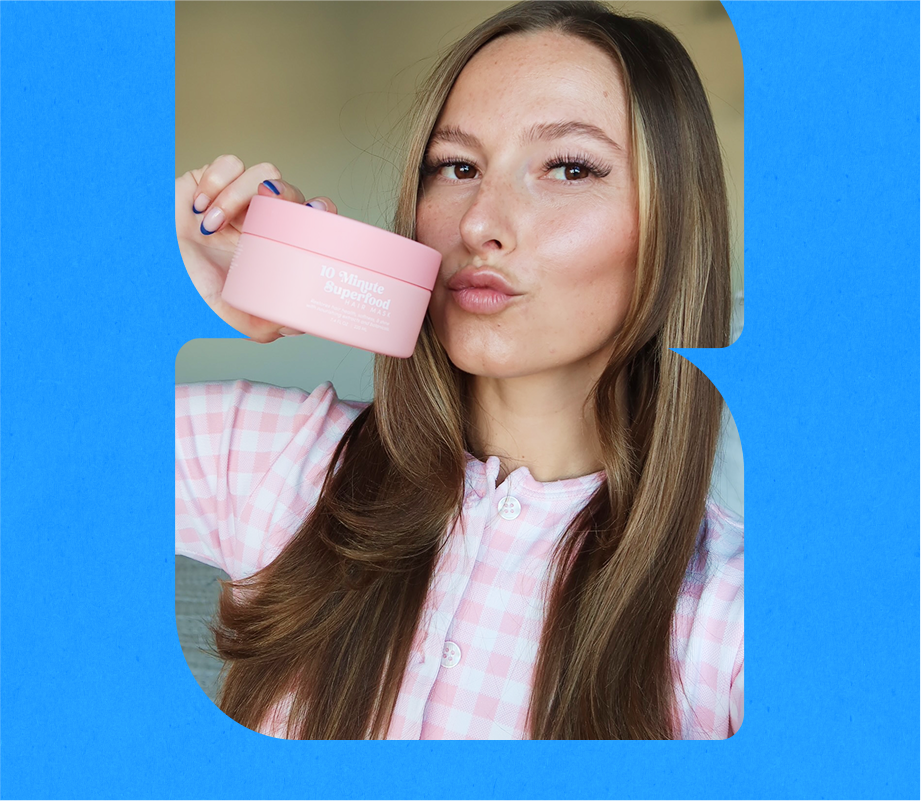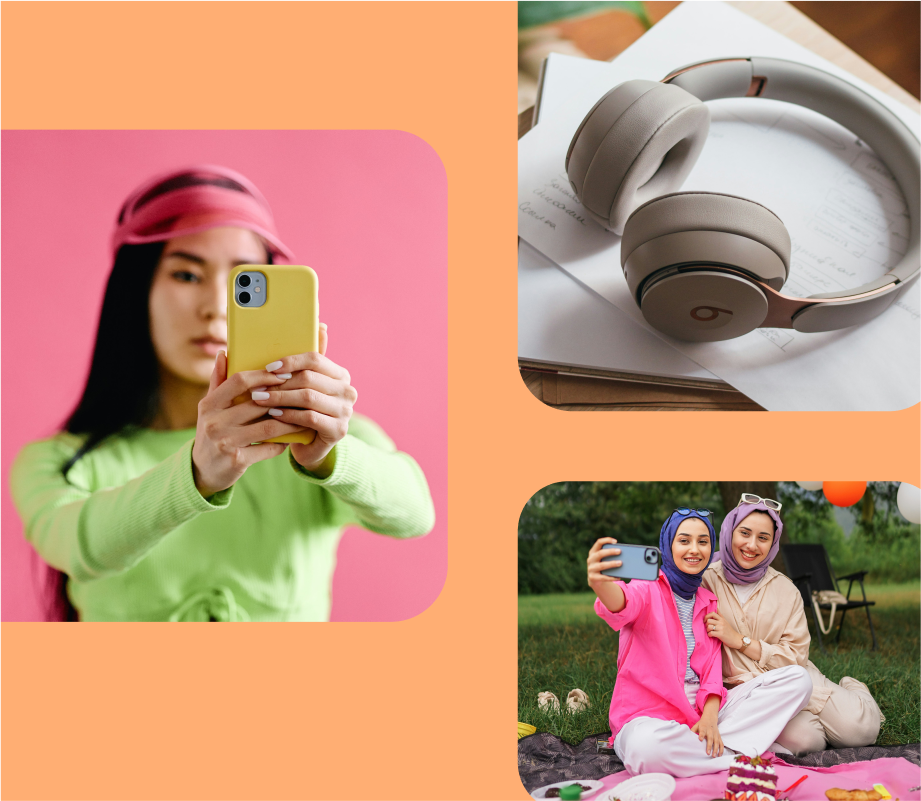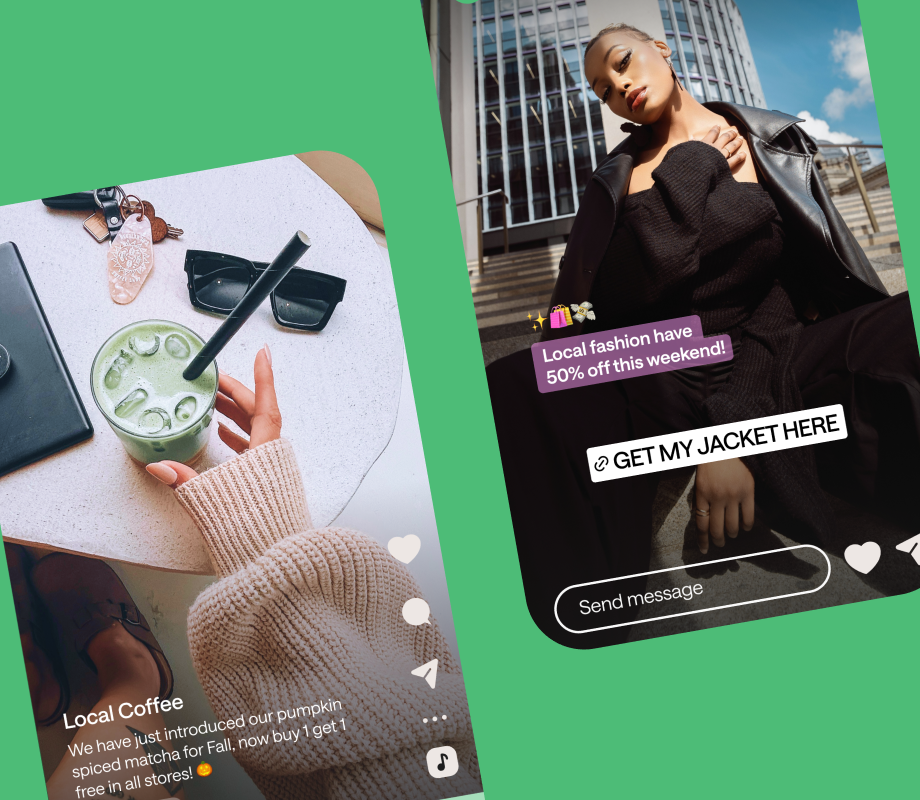Trends come and go, but in influencer marketing, some are here to stay. Here are five key trends that we expect to continue growing in popularity:
LinkedIn emerging as a powerful platform for influencers.
Micro-influencers driving engagement.
Deinfluencing evolving from a fad to a standard practice.
At Later, we’re committed to keeping you on the pulse of what’s next, so let us explain more about these influencer marketing trends that are taking the industry by storm.
Table of Contents
#1: More LinkedIn Influencers
LinkedIn has moved on from its role as just a networking tool; it’s now become a platform for influencer marketing.
Professionals and brands recognize LinkedIn’s unique potential to connect with audiences in a professional setting, making it ideal for B2B influencers, thought leaders, and industry experts.
Chantal Hermetz, Social Media Manager at Later, explains:
"I think a lot of brands are going to start leaning into LinkedIn as a primary avenue for influencer marketing, not only because it’s still an untapped platform, but because LinkedIn is actively prioritizing ways to make short-form video central to the platform, especially with the new video feed, making it easier for creators to publish and distribute their content.”
With LinkedIn’s recent push to spotlight short-form videos, brands have more opportunities to engage in authentic storytelling that reaches decision-makers and professionals directly.
Expect LinkedIn influencers to have a greater role in 2025, helping brands strengthen their presence in the professional space.
BTW, LinkedIn gave us insights into the biggest trends on the platform in 2025 and it's a goldmine for growth.
#2: The Power of Micro-Influencers
While big-name influencers often dominate headlines, micro-influencers remain highly valuable partners due to their authentic, engaged followings.
Typically with followings between 10,000 and 50,000, brands find that these micro-influencers matter because they excel at reaching niche audiences in meaningful ways.
Micro-influencers offer higher engagement rates and foster a sense of community that’s challenging for larger influencers to achieve.
Their recommendations feel genuine, which resonates with consumers looking for trustworthy endorsements. We expect brands to continue tapping into micro and nano influencers to amplify their message through genuine, relatable voices.
Want to start connecting with micro-influencers your audience loves? Book a demo with Later to see how we can find the perfect creators for you.
#3: Deinfluencing
“Deinfluencing” has gone from a trend to a movement.
Originally popularized as a counter to consumerism, deinfluencing encourages people to make more mindful purchase decisions.
Instead of pushing products, influencers are now highlighting what’s not worth buying, and audiences are responding positively.
One micro-influencer advocating deinfluencing is Hautemess Tom, who is one of Gen-Z’s favorite beauty influencers.
On YouTube, Hautemess Tom promotes mindful beauty consumerism, where Gen Z appreciates his transparency and honesty.
This trend reflects a shift in consumer values toward transparency and authenticity.
This year, we expect to see influencers openly sharing their honest opinions about products, from what’s worth the investment to what isn’t.
Brands with strong sustainability practices can partner with de-influencers to spread awareness of these values, helping audiences make more informed choices, and for education purposes.
#4: B2B Influencer Marketing
B2B influencer marketing is on the rise, with more brands recognizing the value of influencers in the professional space.
Platforms like SEMrush have led the charge by collaborating with industry experts who share valuable insights and connect with highly targeted B2B audiences.
These collaborations build brand credibility and allow B2B companies to reach potential customers through trusted voices in their field.
For B2B brands, influencer marketing means more than just awareness. It’s also about building long-term relationships that drive measurable results.
B2B influencer partnerships can also focus on creating educational content like webinars, case studies, and whitepapers, which help audiences make informed decisions.
These types of resources position brands as thought leaders and trusted sources of expertise, making them highly valuable in professional spaces.
Platforms like LinkedIn and X (formerly Twitter) are key to these strategies, allowing B2B influencers to connect directly with decision-makers.
As B2B brands continue to invest in influencer partnerships, expect to see more sophisticated, multi-channel campaigns that leverage a combination of industry expertise, practical advice, and interactive formats.
#5: Gen Z Will Continue to Make Waves
Gen Z’s influence is only growing, and their expectations for transparency, authenticity, and social impact continue to shape the influencer marketing space.
As digital natives, they prioritize brands that align with their values, and they’re not afraid to hold companies accountable.
With a projected increase to 27% of the global workforce by 2025, their economic and cultural power is substantial and still rising.
Gen Z is highly active on platforms like TikTok, Instagram, and YouTube. Data from Later’s research team suggests that 73% of them engage on TikTok daily, making it a core channel for connecting with this audience.
For Gen Z, influencers are more than just content creators; they’re trusted voices and educators, with 49% of Gen Z following creators to learn about new topics.
Brands connecting with Gen Z should focus on authentic storytelling and purpose-driven content that resonates with their values of inclusivity and sustainability.
Brands will need to understand Gen Z consumer behavior to reach them effectively. This means showing real commitment to causes that matter, such as environmental sustainability and social justice. Embracing these values will help brands build meaningful, long-term relationships with this demographic.
Keep Your Campaigns Relevant with Later
As these five trends show, influencer marketing is shifting to prioritize authenticity, niche engagement, and deeper connections with professional and younger audiences alike.
Staying relevant in today's day and age will mean tapping into the power of platforms like LinkedIn, harnessing the credibility of micro-influencers, and creating campaigns that resonate with Gen Z and beyond.
At Later, we’re here to help you stay connected to these trends and keep your influencer marketing campaigns impactful.
Book a demo to start working with a team that keeps your influencer marketing campaigns relevant and aligned with your goals.




